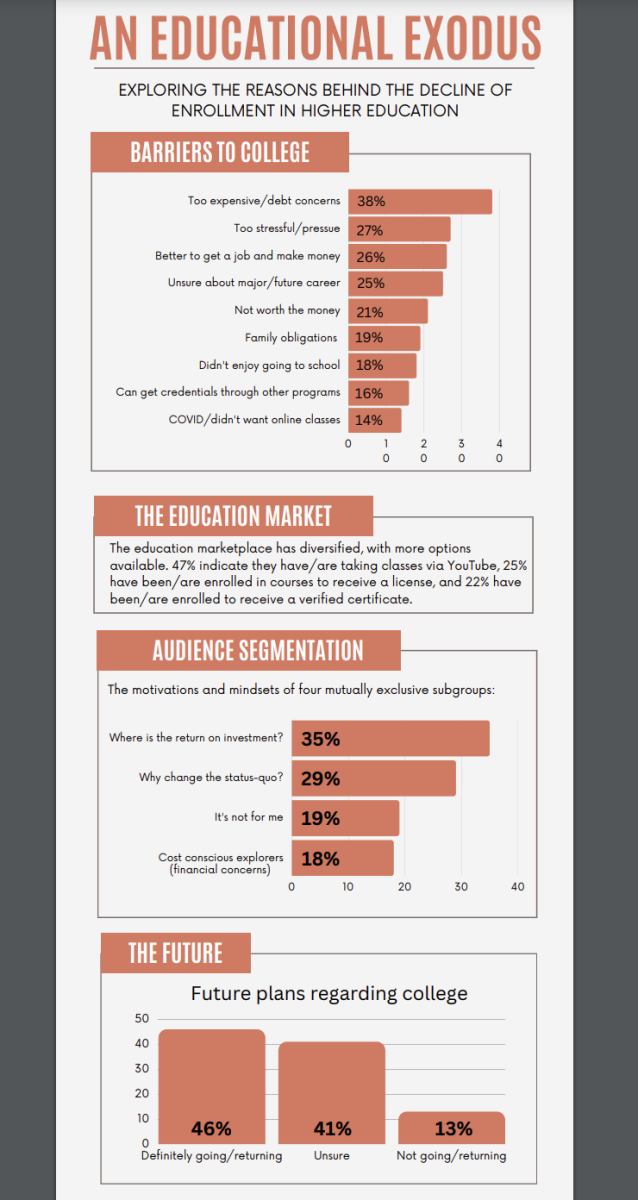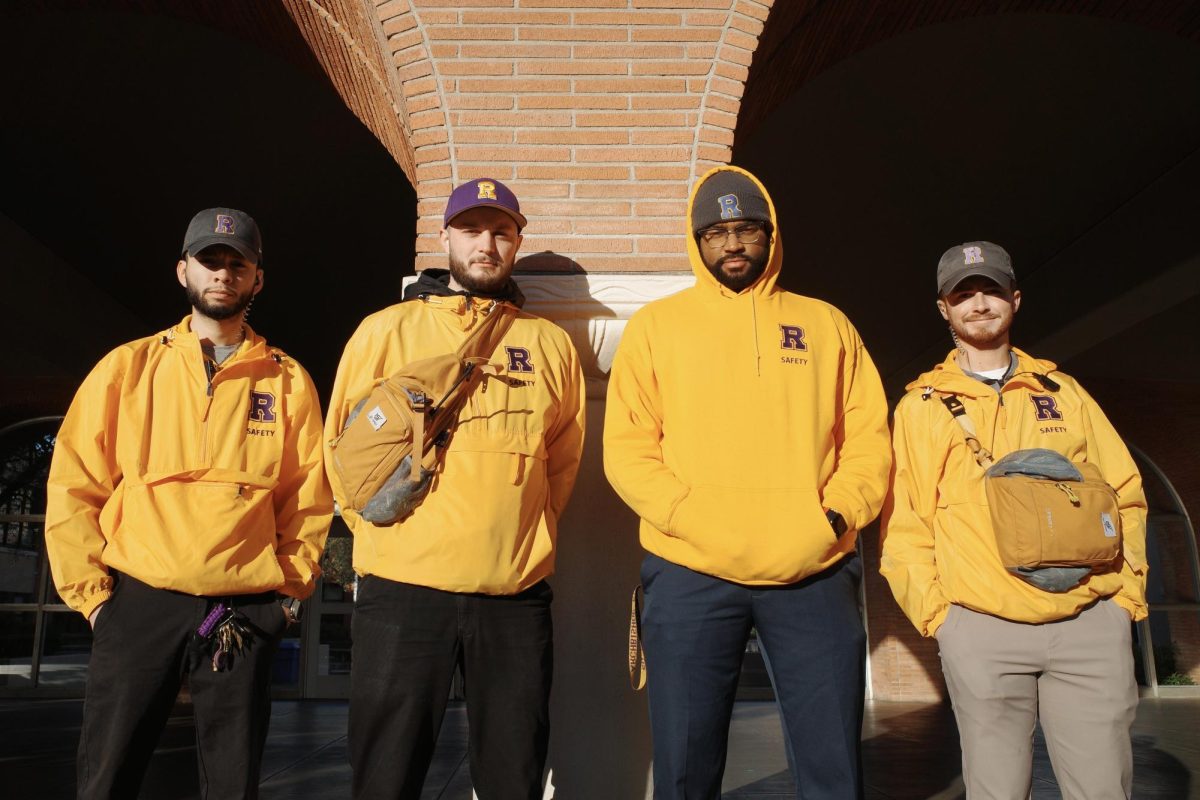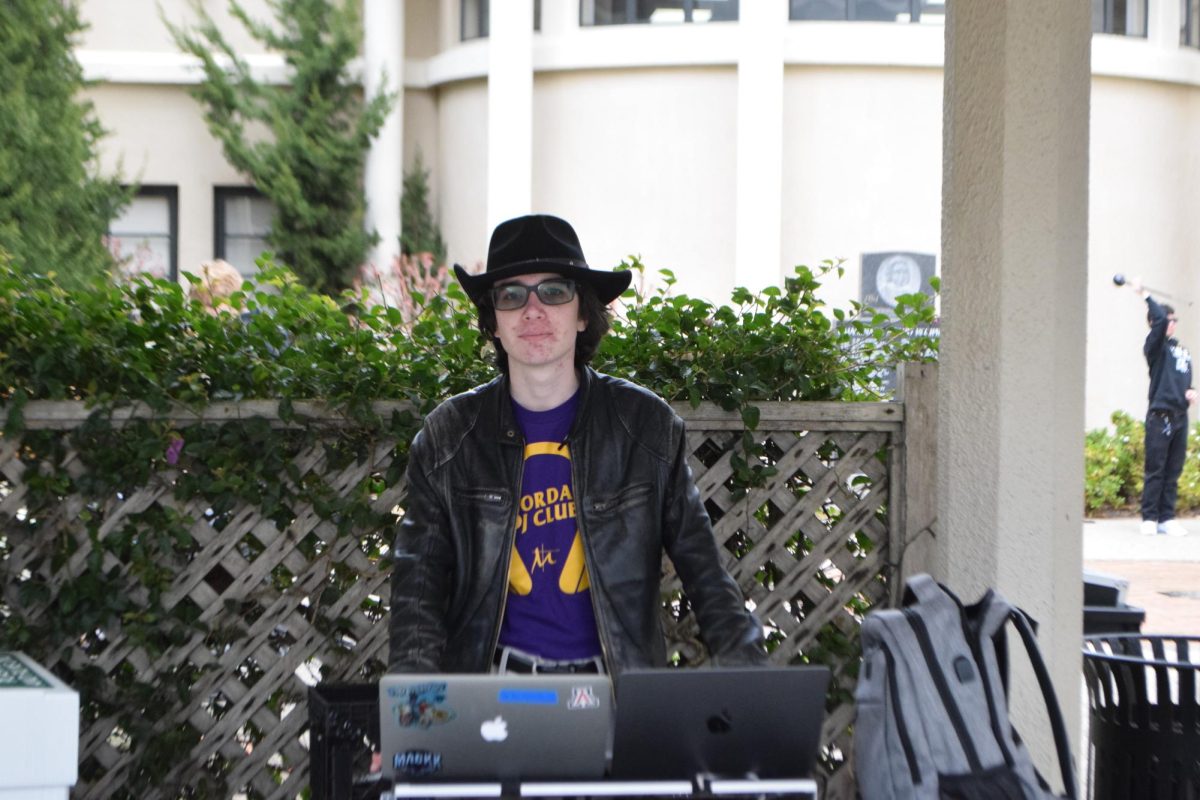It wasn’t too long ago that America was in trouble. The stock market plummeted, people were losing their jobs and houses, banks were closing without any empathy, and the hope for a bounce-back was uncertain. This was the Great Depression, the main takeaway story from the Roaring Twenties.
It’s been 100 years since the decade that changed the world. Now, society has forever triumphed the creations of that time, and made them stronger than ever. World War I had just ended and another one wasn’t far from happening. Prohibition’s effect on the country was
overlooked and often bypassed as a total joke. Now, it’s looked back on with laughs as even the famous Taco Bell in Pacifica has renovated into a cantina.
In reality, the ’20s weren’t completely useless or negative. Popular culture is intriguing to curious individuals all over the world today, but it didn’t used to be like that.
In 1928, Walt Disney released a short film titled “Steamboat Willie.” It wasn’t just the start of Mickey Mouse, but it was the beginning of one of the most important business brands of all-time. Today, the legacy of Disney and his animating peers are being stretched to new and technological based limits with cool new features.
The Great Gatsby, an iconic novel that is still being taught in student curriculum across the world, was released in the 1920s. Pop and R&B music is popular amongst young adults today, but back then, jazz was the resting place of America’s pride. In reality, it bonded the Old South together and race didn’t matter; the music simply united all people. The great Louis Armstrong started a successful career that spanned nearly four decades. It was a wonderful world, indeed for those with creative ideas within the industry.
Before basketball and football boomed the sports world, baseball was America’s sweetheart. The stadiums and the smell of the grass were just small details of the distraction the game had on many during the ugly Depression.
A perfect day would include watching Babe Ruth hit a home run and heading to a club to watch Louis Armstrong perform later that night.
Outside of the financial hardships, everything was easier, and the lack of technology was a reason for the generation’s “roaring” historical status. As humans, it’s second nature to compare and contrast. Gas prices are often looked at as a key example. In 1920, it started at 30 cents a gallon and dipped down to 21 cents by the end of the decade.
Millions of Americans would fantasize about the idea of paying that much nowadays.
The main takeaway from 100 years ago is that people enjoyed the easy going nature of the time, but feared the secondary threats. Wars were scary, the Depression was scary, and Al Capone was scary. However, there were additions to the era as well. Sports, music, entertainment,
and technology still remain the driving forces of enjoyment in the world.
Thanks to decades like the 1920s, we still have a unique opportunity to keep building tradition we initially began 100 years prior.








